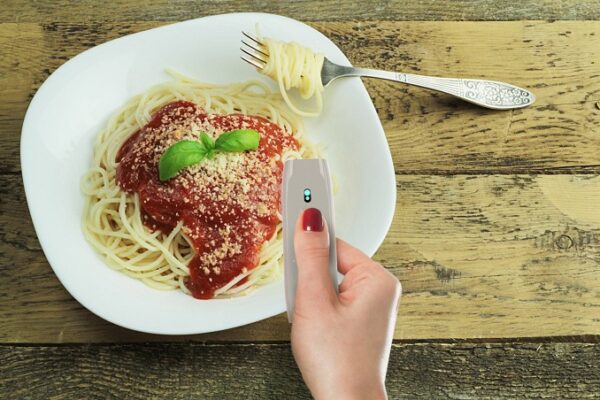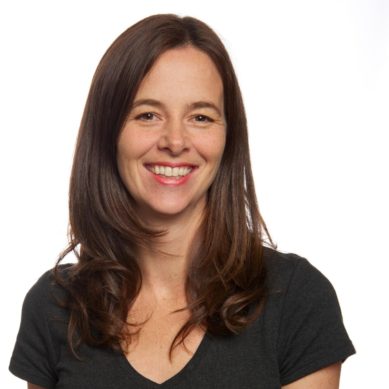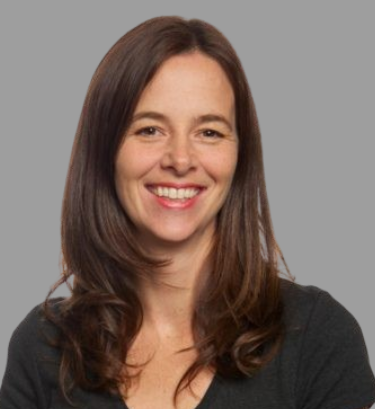Improving Healthcare with Technology Depends on Faster Adoption of Innovation
When Electronic Medical Records (EMRs) were introduced in the early 1970s the vision was clear: digitizing patient records would make healthcare more efficient, and better for the patient and provider. Fast forward to today—we’ve come a long way towards the goal of a better system, but we aren’t quite there. We’ve identified the industry’s pain points, and laid the groundwork for solutions. Widespread adoption of the three healthcare tech ideas below will be crucial to building a healthcare system that is better for patients and the clinicians alike.
Interoperability and SMART on FHIR
In 2018, the Centers for Medicare and Medicaid (CMS) renamed “Meaningful Use” to “Promoting Interoperability”, which is a good indicator that we are inching closer to greater efficiency in healthcare. Essentially, interoperability means the ability for health information systems and software apps to communicate, exchange data and use the data they’ve shared. “Digitizing healthcare” was initially driven by revenue optimization and then care standardization. Clinical efficiency seems to be the forgotten promise but will ultimately be one of the most meaningful outcomes. While EMRs have made huge strides in digitizing healthcare and allowing for data to lead the way, they haven’t always communicated well with each other or other technology. Enter Fast Healthcare Interoperability Resources, or ‘FHIR.’
FHIR is a standardized API that enables better discreet data exchange between different EHRs and health IT apps. FHIR created a shared language for health IT systems that all health IT players could use to exchange, interpret and process health data.
Substitutable Medical Applications and Reusable Technologies (SMART) added an additional layer of consideration to FHIR, addressing how users would engage with third-party applications inside of the Electronic Health Record (EHR), or other health IT platform workflow. The standard supports both single sign-on to third party applications as well as an integrated user experience. While it’s certainly still in its early days, SMART on FHIR is catching on across the industry.
Clinical Decision Support – CDS Hooks
The primary care physician checklist is ever-growing. Does the patient use tobacco? Do they wear a seatbelt? Do they floss? Do they eat enough kale? Instead of leveraging technology to empower the physician to know what is best for their patients, we’re adding more mandatory boxes to check that may not even pertain to that patient’s problem that they are presenting with. On top of that, physicians are tasked with keeping up with rapidly changing clinical guidelines and new therapeutics. Arming clinicians with the information they need to make the best decisions for their patients—while working within their workflow–is essential.
What if the software systems that clinicians use could be more dynamic? What if technology could prompt the clinician with the information they need when they need it in order to make a more personalized clinical decision? The CDS Hooks specification was created to support this idea. The vision for CDS Hooks is this: A ‘hook’ is programmed within the clinician’s workflow in the EHR, and can share information with third party applications, like the SMART on FHIR apps mentioned above. The app can then trigger a CDS, or Clinical Decision Support, notification and prompt the clinician with relevant information. For example, a new lab result may be available in the EHR indicating worsening kidney function. When the clinician opens that patient record, the EHR silently communicates with the third-party SMART on FHIR app, or launches the app automatically, to show guideline-based medication dosing recommendations for patients with compromised kidney function. Put simply, embedded clinical decision support tools will make it easy for physicians to do the right thing for their patient, and hard to do the wrong thing.
Remote Patient Monitoring and Personalized Medicine
The vison of ‘personalized medicine’ is entirely dependent on bringing in patient-generated health data from connected devices (think step counters with apps but measuring more clinical information, like blood pressure or blood-glucose levels). Clinicians need a way to know what’s going on with patients the 8,516 hours per year that they aren’t engaging with the healthcare system, versus the four hours they may be with their doctor. This data set has been largely ignored but as price points come down on cellular and Bluetooth-enabled devices, data transmission, and cloud storage, connected devices are finally be available to the masses. Interoperability allows us to pull this data into analytics platforms and connect it with patient record data from the EHR, giving clinicians a more complete view of their patients’ health—whether at the point-of-care or virtually.
Not only can technology like this arm clinicians with a better view of each patient’s unique needs, but it can enable remote monitoring to detect costly complications before they happen, and prompt clinicians to intervene with appropriate guideline-based management.
Make no mistake: The convergence of these three emerging healthcare technology trends can change healthcare—but providers must be ready to adopt them.
After working as a physicist, a venture capitalist, an academic clinician and scientist, Lucienne Ide, MD, PhD, decided to start Rimidi to drive innovations in the healthcare industry.

Memorable moments of success and fear of failure
Allerguard has some successful moments – when we achieved the innovation in digital health award and when the technology was proven to work in testing scenarios, stand out.
Running a business is very similar to professional sports. Success is not measured by moments, events, or by what you’ve achieved. Being successful means maximizing your training so you can respond with your best possible effort when things don’t go as planned. Things are always hard when you run your own business and you can always fail. Anyone has memorable moments when they achieve recognition or when someone gives them positive feedback. There is a window of opportunity that opens for you to be a better person, a better entrepreneur, and a better business person. That window is available for you when you are truly ready to confront your weak spots – when all the ways are blocked, when people are turning their backs on you, and when you believe that the story ends for you. That moment is precious, not when people you don’t know applaud.

By Lucienne M. Ide, MD, PhD, Founder at Rimidi



